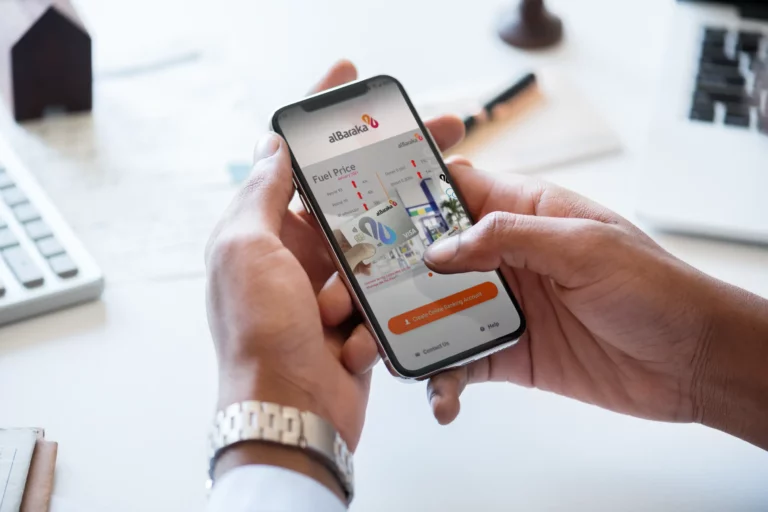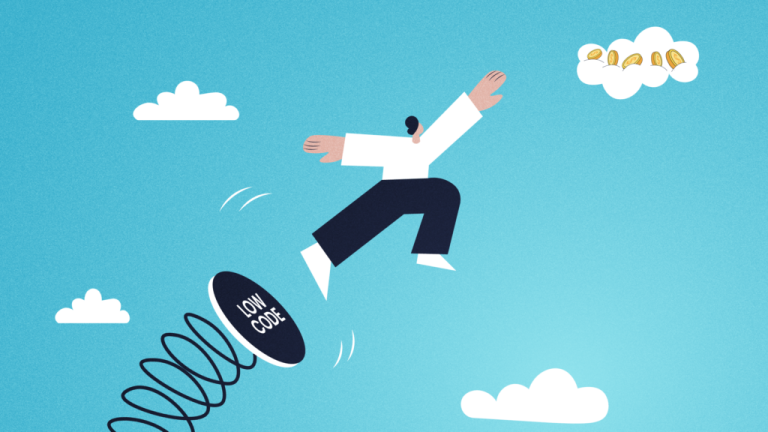Today, anything and everything can be done on the go, as more time is being spent in the virtual world. Customers no longer have tolerance for a digital journey that’s not worthwhile. Many alternatives are just a click away. In fact, after just one bad experience, 72% of customers will switch to another brand. For good. A seamless digital journey becomes paramount to retaining your customers, but what makes a good one? Here are four things customers expect in 2023.
1. An omnichannel experience
The modern customer does not want to be restricted to a single channel. When making a transaction, 74% of customers use multiple channels throughout the process. They want the flexibility to reach you whenever and wherever they want. This is why, it’s important to make sure you’re having a unified conversation with them. Are you being consistent in providing them with the same actionable responses and level of service across all your channels? Customers may tweet you for more information on a specific product, or ask to chat with a bot. But regardless of what channel they use, they want to be heard and remembered. They don’t want to keep repeating themselves with every interaction.
Requests coming from different channels should be managed in a centralized way so that every customer who calls in has a holistic narrative. Providing employees with a single view of all your customers’ information and history of their past interactions will result in a higher first call resolution and lower average handle time. Despite that, collecting data can also provide you with a clear view of the channels being used most frequently. This can help position your omnichannel business strategy accordingly.

2. Intuitive self-service tools
When developing an omnichannel strategy, one of the key objectives is to drive an increase in self-services across different channels. While working on the book “Effortless Experience”, its authors stated: “Customers who attempt to self-serve but are forced to pick up the phone are 10% more disloyal than customers who were able to resolve their issue in their channel of first choice”. Prioritizing self-service tools trains customers to use your service or product efficiently, and on their own terms.
For example, Al-Baraka, a leading international bank with subsidiaries in 17 different countries, allows its customers to open a bank account through its digital banking platform, eKYC without the need to visit a branch. The platform’s built-in end-to-end AI-powered identity verification feature only requires users to upload a copy of their identification card and a “selfie” to register their account. To extend the autonomy for each end-user, customers have access to real-time information and can pay their bills from the comfort of their home. Instead of driving long hours, they are now only required to make a few clicks to serve themselves.
This also has benefits that extend beyond customer satisfaction. When customers have the power to serve themselves, your agents’ lives are simplified and will no longer have to bear the burden of repetitive, manual tasks. In fact, call center agents can also wave goodbye to late night shifts. Instead, their valuable time and skills can be dedicated to higher priority and more complex tasks that surface.

3. A personalized customer journey
Customers expect your product or service to cater to their needs, and usually never think twice of the technology behind it unless it’s malfunctioning. Although many companies choose to dedicate significant time and money on a bold design or cutting-edge technology to impress their customers, these factors aren’t as important as providing a digital journey that is both intuitive and holistic. But it’s easier said than done.
Today’s customer is ever-evolving. They want their journey to be relevant and tailored to their wants, needs, and interests. Even if these things are constantly changing, customers still have high expectations. This means they will have a low tolerance for a below-par personal experience. So how do you keep up with the ever-evolving customer?
All too often, organizations work in silos: not only in the way different departments communicate, or lack thereof, but also their system and data silos that store customer information exclusively to that department. Their lack of collaboration of valuable insight creates a clear gap between departments and an overall fragmented customer experience.
Having all your departments operate under one core system will help you develop a high-quality customer journey map. This visual representation combines all the user’s touchpoints and defines the way they interact with your brand. By implementing logical and personalized data mining, their journeys will refine over time. Data mining is the process of analyzing large amounts of data to find logical trends and patterns. It structures data into valuable insight so that you can set clear segmentations for every customer. Without an end-to-end solution that can analyze and segment data for you, your customer journey won’t be as personalized. It will lack useful and relevant recommendations, as well as personalized notifications, reminders, and alerts. You can read more about it here.

4. Customer service that goes above and beyond
As consumers, we expect things to happen at an instant. This also applies to problem-solving. Proactively seeking solutions for potential bottlenecks is the key to making your brand go the extra mile. But how can you be there for your customers 24/7 without overworking your employees? Technology such as AI chatbots and proactive automation can provide customers with a more seamless experience. AI chatbots can deliver instant responses and 24/7 customer assistance. Another technology, automation, uses both artificial intelligence and machine learning to run proactive solutions before an issue persists or grows into a bigger problem. Both technologies do not require supervision from a human agent.

A seamless digital journey was once a business differentiator, but now it is a minimum requirement — a baseline necessity. The increased use of digital experience platforms is here to stay, so understand your customers’ needs and exceed them.



















